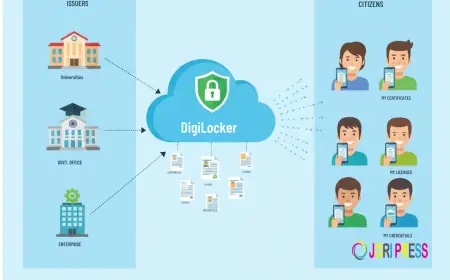API Security Best Practices: Strategies for Safer Integrations
Authentication and authorization are the cornerstones of API security.

In today’s digitally interconnected world, APIs (Application Programming Interfaces) are the backbone of modern applications and services. They enable seamless communication between software systems, supporting everything from mobile apps to enterprise platforms. However, as the use of APIs grows, so do the risks associated with their security. A single vulnerability can expose sensitive data, compromise systems, and damage an organization’s reputation. Implementing robust API security measures is no longer optional—it’s essential. This article explores API security best practices and provides actionable strategies to safeguard your integrations, with a focus on solutions provided by APIDynamics.
1. Understand the Importance of API Security
The first step in securing APIs is understanding their role and potential risks. APIs handle critical data and often serve as gateways to backend systems. Unauthorized access, data breaches, and injection attacks are just a few threats that can exploit poorly secured APIs. By implementing REST API security best practices, organizations can minimize vulnerabilities and protect sensitive information. APIDynamics emphasizes proactive monitoring and continuous risk assessment to identify and mitigate potential threats before they become critical issues. Understanding these risks forms the foundation of a strong API security strategy.
2. Implement Strong Authentication and Authorization
Authentication and authorization are the cornerstones of API security. Ensuring that only legitimate users and applications can access APIs is crucial. Techniques like OAuth 2.0, JWT (JSON Web Tokens), and API keys are effective tools for verifying identity and controlling access. APIDynamics provides solutions that enforce strict authentication protocols and granular access controls, helping businesses implement API security best practices without compromising usability. Additionally, regularly reviewing and updating permissions prevents unauthorized access, a critical step in maintaining robust security.
3. Secure Data in Transit and at Rest
Data transmitted through APIs is often sensitive, including personal information, financial records, and intellectual property. Encrypting data both in transit and at rest is essential. Transport Layer Security (TLS) ensures secure communication between clients and servers, while encryption of stored data prevents unauthorized access even if systems are compromised. APIDynamics offers comprehensive encryption solutions that align with REST API security best practices, ensuring that data remains confidential and protected throughout its lifecycle. Secure data handling is a vital component of any effective API security strategy.
4. Monitor and Detect Threats Continuously
Continuous monitoring is key to identifying suspicious activity and potential breaches. APIs can be exploited in real-time by attackers using automated tools or malicious scripts. By implementing monitoring and threat detection, organizations can respond quickly to unusual patterns, abnormal requests, or unexpected data access. APIDynamics provides advanced analytics and monitoring tools that track API usage, detect anomalies, and generate actionable insights. Incorporating these tools into your security strategy ensures that potential threats are identified and mitigated promptly, adhering to API security best practices.
5. Adopt a Secure Development Lifecycle
Security must be integrated into the development process from the very beginning. Adopting a secure development lifecycle involves designing APIs with security in mind, conducting regular code reviews, and performing automated testing for vulnerabilities. Techniques like input validation, rate limiting, and proper error handling are part of REST API security best practices. APIDynamics supports organizations by providing tools and frameworks to embed security throughout the API lifecycle, from development to deployment. This proactive approach ensures that security is not an afterthought but a fundamental aspect of API design.
Conclusion
APIs are essential for modern software ecosystems, but their security cannot be overlooked. By following API security best practices, such as implementing strong authentication, securing data, continuous monitoring, and adopting a secure development lifecycle, organizations can significantly reduce risks and protect sensitive information. APIDynamics offers a comprehensive suite of tools and solutions designed to help businesses implement these best practices effectively, ensuring safer integrations and resilient digital operations. Prioritizing API security is not just a technical requirement—it is a strategic imperative for businesses that rely on seamless and secure connectivity.
What's Your Reaction?
 Like
0
Like
0
 Dislike
0
Dislike
0
 Love
0
Love
0
 Funny
0
Funny
0
 Angry
0
Angry
0
 Sad
0
Sad
0
 Wow
0
Wow
0



















































